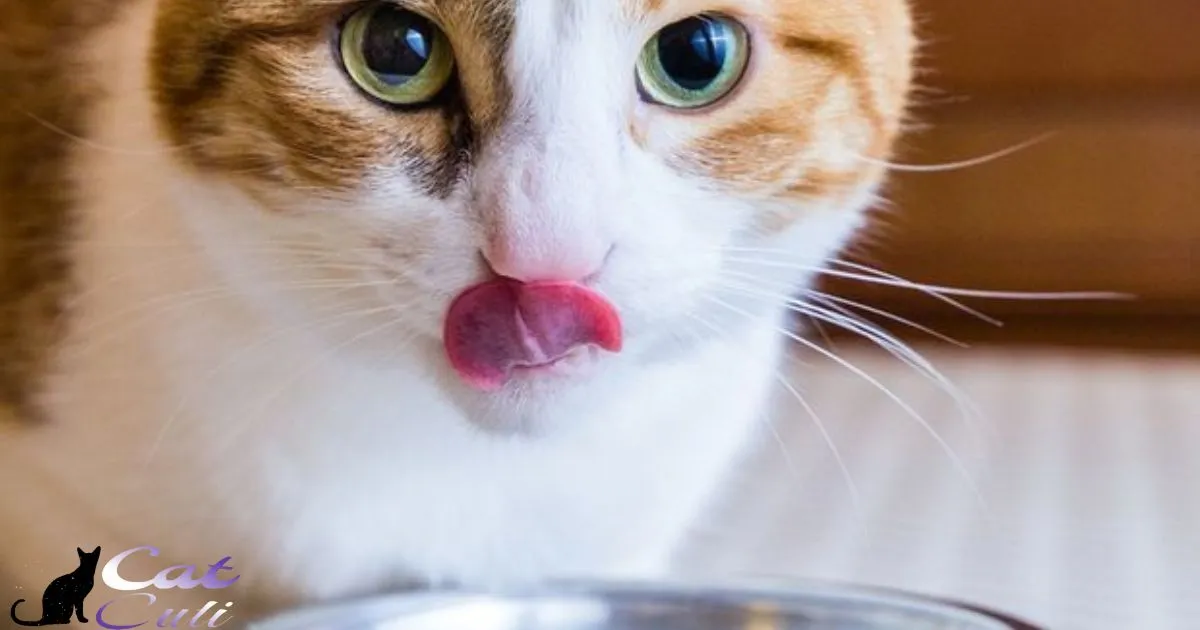Cats without teeth can face challenges when eating dry food due to their inability to chew properly. There are ways to make it easier for them, such as moistening the dry food or opting for wet food alternatives. Stay with us to learn more about how to ensure toothless cats receive the nutrition they need without struggling to eat dry kibble.
Causes Of Tooth Loss In Cats
Tooth loss in cats can stem from various factors. One primary cause is dental disease, where plaque buildup leads to gum inflammation and eventually tooth decay. Trauma, such as accidents or fights, can also result in tooth loss for cats, especially if the impact damages their teeth.
Regular dental care, including professional cleanings and monitoring for any signs of oral issues, can significantly reduce the risk of tooth loss in our feline friends.Certain health conditions like stomatitis, which is severe inflammation of the mouth tissues, may contribute to tooth loss in cats.
Some systemic diseases, like kidney disease or certain infections, can also indirectly affect dental health and lead to tooth loss over time. Understanding these potential causes empowers cat owners to take proactive steps in preventing and managing tooth loss in their furry companions.
How Does A Cat With No Teeth Eat?
A cat without teeth eats by adjusting its eating habits. They rely on their tongue and gums to manipulate food. Instead of chewing, they swallow food in small pieces or lap up soft food. This adaptation allows them to consume their meals comfortably without the need for teeth.
To aid a toothless cat’s eating, owners can provide moistened or wet food. Ensuring the food is easily manageable helps these cats. Breaking food into smaller portions can make it simpler for them to consume their meals without teeth.
Feeding A Cat With No Teeth
Feeding a cat with no teeth involves choosing soft or moist food that’s easier for them to eat. Wet food or softened dry kibble are good options. Consider smaller, bite-sized portions to help your toothless feline enjoy their meals without struggling. Regular vet check-ups ensure they’re getting the right nutrients.
Adapting a toothless cat’s diet ensures their comfort. Consider textures needing less chewing, like wet food or soaked kibble. When away, feeding a toothless cat wet food provides ease and sustenance. Consulting your vet on Feed Cat Wet Food While Away strategies ensures their well-being.
A Cat With No Teeth Can Still Live A Happy Life
They might prefer softer food options, like wet food or kibble softened with water, but their playful and affectionate nature remains unchanged. Their happiness isn’t hindered by the absence of teeth, as they find ways to explore, cuddle, and engage in their favourite activities just like any other cat.
Toothless felines might require a bit of extra care when it comes to their diet, but they thrive in loving homes where their unique needs are met. With proper attention and a suitable diet, they lead fulfilling lives filled with joy, proving that a cat’s happiness isn’t defined by having teeth but by the love and care they receive from their human companions.
Can Cats Eat Peanuts? Let’s Deshell The Truth
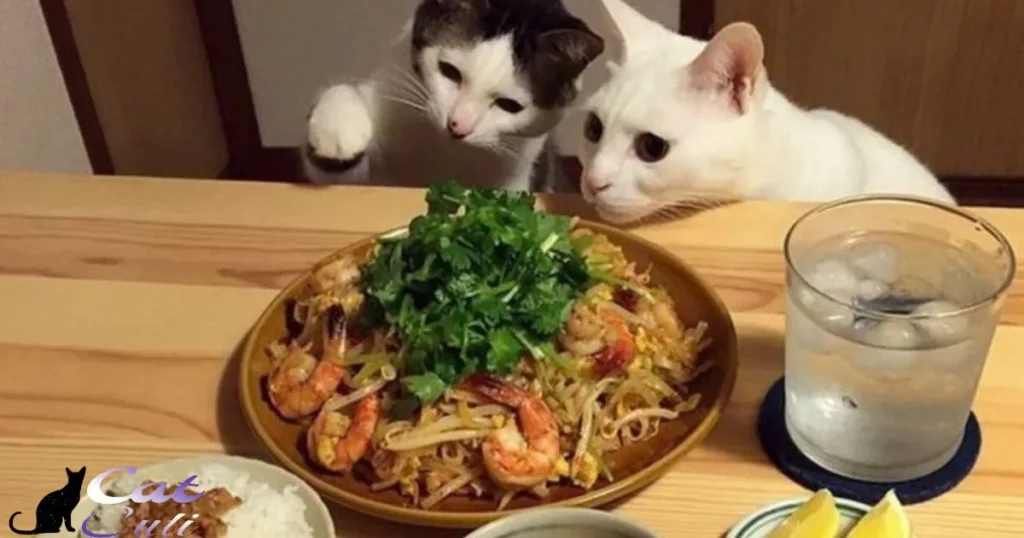
Peanuts aren’t an ideal treat for cats. These legumes can be hard for cats to digest, potentially leading to stomach upset or even more severe issues. It’s crucial to steer clear of offering peanuts to your feline friend to ensure their well-being and health.
When it comes to their diet, cats should avoid peanuts. These nuts might pose a risk to their digestive system, causing discomfort or health problems. As a responsible pet owner, it’s best to avoid feeding your cat peanuts and opt for safer, feline-friendly treats instead.
Can Cats Eat Sugar? A Short And Sweet Analysis
Cats should not eat sugar as it can lead to various health issues. Consuming sugar may cause obesity, diabetes, and dental problems in felines. It’s crucial for cat owners to avoid feeding sugary foods to their pets to maintain their overall health and well-being.
Sugar isn’t a part of a cat’s natural diet. It’s best to stick to a balanced diet of protein-rich foods specifically formulated for cats. Avoiding sugary treats ensures that cats stay healthy and free from potential health complications associated with excessive sugar intake.
Find Out How Much And What To Feed A Bengal Kitten
Feeding your Bengal kitten is crucial for their growth. They typically need about 1/4 to 1/3 cup of high-quality kitten food, divided into meals throughout the day. A mix of wet and dry food works well to ensure they get the necessary nutrients.
When choosing food for your Bengal kitten, focus on quality. Look for options rich in protein and low in fillers or artificial additives. Consulting your vet for a personalized feeding plan can help ensure your Bengal kitten receives the right amount and type of food for their specific needs.
How To Deal With Bengal Cat Food Allergies
Identify Symptoms: Watch for signs of food allergies in your Bengal cat, such as vomiting, diarrhoea, skin rashes, or excessive itching.
Consult a Vet: Seek guidance from a veterinarian to confirm the allergy and discuss elimination diets or allergy testing.
Switch Foods: Transition your Bengal cat to a hypoallergenic or limited ingredient diet, avoiding common allergens like grains, certain proteins, or additives.
Monitor Progress: Keep a close eye on your cat’s response to the new diet, noting any improvements or persistent symptoms.
Maintain Consistency: Once you find a suitable food that suits your Bengal cat’s needs, stick to it to prevent allergic reactions.
Help! My Cat Licks The Gravy But Leaves The Meat
When your cat licks the gravy but leaves the meat, it could indicate selective eating habits. Try offering different textures or flavours of food to see if your cat shows a preference. Another approach is to mix the gravy with the meat or try different brands to find a combination that your cat enjoys.
Observing your cat’s eating habits is crucial; it might signal a dental issue or discomfort while chewing. Consider consulting your vet to rule out any underlying health problems. Sometimes, this behaviour is normal, but ensuring your cat’s overall health and dietary needs are met is essential for their well-being.
How To Look After Your Deity With The Right Sphynx Cat Food
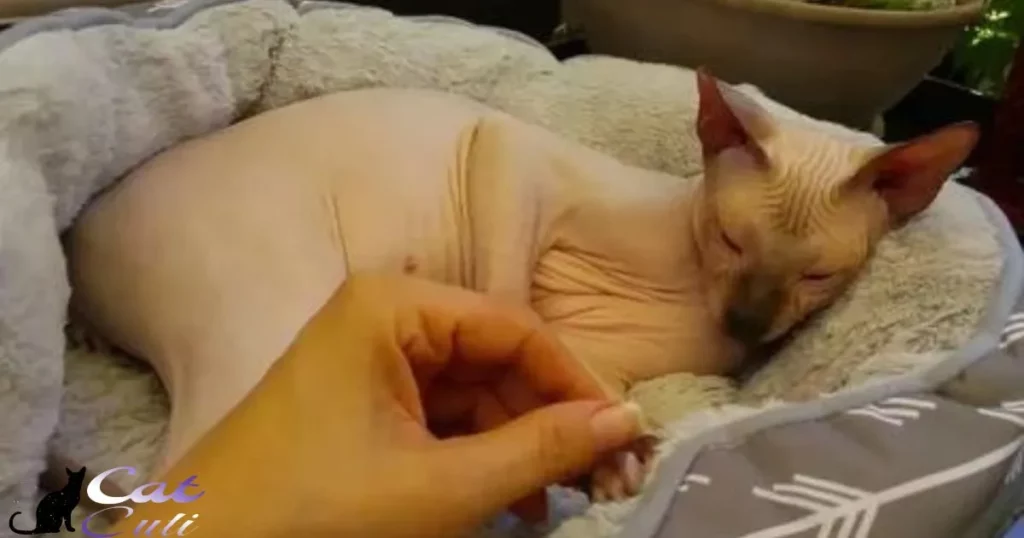
Sphynx cats have unique nutritional needs due to their lack of fur, which affects their metabolism. Opt for high-quality, protein-rich cat food to support their energy levels and skin health. Look for specially formulated diets that cater to their sensitive skin and digestion, ensuring your Sphynx stays healthy and happy.
To maintain your Sphynx cat’s well-being, prioritize a balanced diet. Consider grain-free options that minimize potential allergies and digestive issues. Regularly consult with your veterinarian to find the best food choices and ensure your Sphynx receives the necessary nutrients for optimal health.
A Guide To Buying The Best Maine Coon Food
Looking for the best food for your Maine Coon? Choosing the right diet is crucial for their health and happiness. Consider foods rich in protein and low in fillers to support their muscular build and prevent obesity.
Check for high-quality ingredients like real meat and avoid fillers like corn or soy for a nutritionally balanced diet tailored to your majestic Maine Coon’s needs.Ensure your Maine Coon’s food suits their size and energy levels. Look for options that offer specific formulas for large breeds to support their growth and overall well-being.
Prioritize foods with added nutrients like Omega-3 fatty acids for their luxurious coat and joint health. Finding the best Maine Coon food means focusing on quality ingredients and meeting their unique dietary requirements.
Cats Eating Ice Cream—They Like It, But Is It Safe?
Cats might enjoy nibbling on ice cream, but it’s not a safe treat for them. Ice cream contains lactose, which many cats are lactose intolerant to, leading to stomach upset and diarrhoea. The high sugar content in ice cream isn’t suitable for their diet and can cause obesity or dental issues in the long run.
While cats may show interest in ice cream, it’s essential to avoid giving it to them. Instead, opt for cat-friendly treats or snacks specifically designed for their dietary needs. Keeping their diet in check helps maintain their well-being and avoids potential health issues associated with human foods like ice cream.
Can Cats Eat Sausage? The Facts You Need To Know
Cats can eat sausage, but it’s not recommended. Sausage contains high levels of fat, spices, and seasoning that can upset a cat’s stomach and potentially lead to digestive issues. Some sausages might include ingredients like onion or garlic, which are toxic to cats and could be harmful if ingested.
When considering treats or human food for your cat, it’s best to opt for safer options that are specifically formulated for feline consumption. While an occasional small bite might not cause immediate harm, it’s wise to avoid offering sausage to your cat to prevent any potential health complications.
The 3 Hacks To Know About British Shorthair Kitten Food
When it comes to British Shorthair kitten food, three essential hacks can ensure their health and happiness. Prioritize high-quality protein sources like chicken or fish to support their growth. Secondly, consider their preferences by offering both wet and dry food options for variety and balanced nutrition.
Maintain a feeding schedule tailored to their age and needs, ensuring proper portions to avoid overfeeding.Understanding the nuances of British Shorthair kitten nutrition involves these three key hacks.
Opting for protein-rich meals, providing diverse food textures, and adhering to a well-structured feeding routine all contribute to fostering a healthy and contented young cat. Mastering these hacks ensures your British Shorthair kitten thrives on a diet tailored specifically for their growth and vitality.
What Happens When A Cat Has No Teeth Does It Impact How They Eat?
They may struggle to chew dry food and might prefer softer options or wet food. Without teeth, cats might need their food moistened or specially prepared to make it easier for them to eat comfortably. Their eating habits can change, but with suitable adjustments, they can still enjoy meals without much difficulty.
What To Look For In Food For Cats With No Teeth
When seeking food for toothless cats, focus on soft textures that are easy to eat. Look for moist or wet cat food with finely ground ingredients, making it simpler for them to consume. Ensure the food contains essential nutrients for their health and opt for varieties that cater specifically to dental issues.
Explore options with smaller, bite-sized portions to aid in their comfortable eating experience.Avoid foods that are exclusively dry or require extensive chewing, as this can pose challenges for cats lacking teeth. Instead, prioritize food labelled as suitable for sensitive teeth or designed for senior cats.
Checking for vet recommendations or consulting with a feline nutritionist can also guide you toward the best food choices for cats with no teeth, ensuring their dietary needs are met effectively.
What Type Of Food Or Food Texture Works For Toothless Cats?
| Food Texture | Description |
| Wet/Moist Food | Soft, finely ground; easier for toothless cats |
| Pâté Style | Smooth texture, easy to lick and swallow |
| Gravy/Cut in Gravy | Moist and soft, doesn’t require much chewing |
| Blended/Mashed | Pureed or finely blended for easy consumption |
| Softened Dry Kibble | Moistened with water for easier eating |
The Ideal Nutrition In Food For No-Teeth Felines
Nutrition for toothless cats is crucial. Opt for soft or moistened food that’s easy for them to eat. Wet food or softened dry kibble can provide the necessary nutrients for their health.
Ensure the food you choose is rich in protein and easy to consume. Consult your vet for guidance on creating a balanced diet. Focusing on nutrient-rich options supports the well-being of your toothless feline friend.
Cat Food For Old Cats With No Teeth
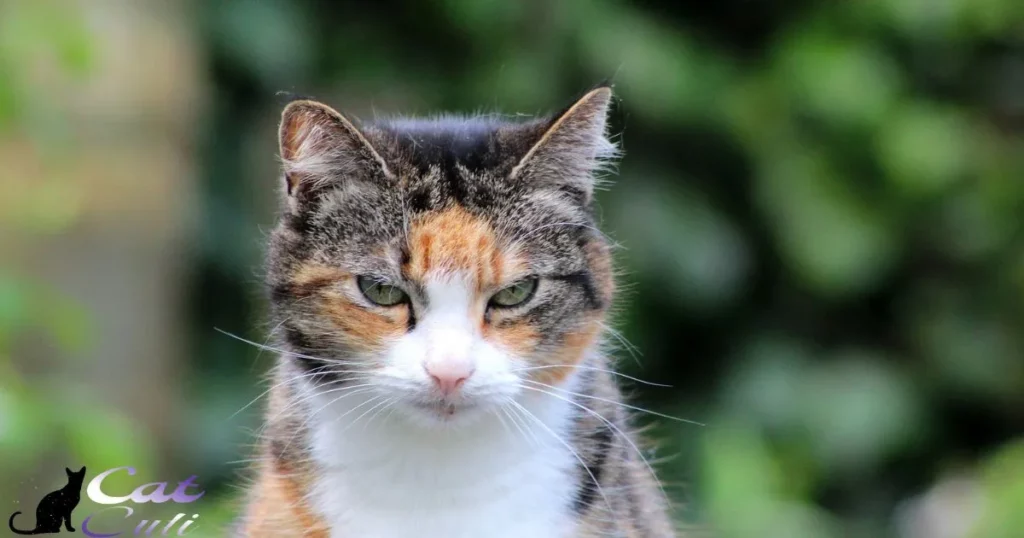
Old cats without teeth require special consideration when it comes to their food. Choosing moist or wet food ensures they can easily eat without struggling to chew. These options provide the necessary nutrients in a more accessible form for senior felines lacking teeth, supporting their health and well-being.
Adapting their diet to accommodate toothless older cats involves opting for softer textures in their food. Wet cat food or softened kibble can be the perfect solution, allowing these aging felines to enjoy their meals comfortably. Providing them with easy-to-eat options ensures they maintain proper nutrition and enjoy their meals without any difficulties.
Looking For The Best Food For Toothless Cats? Try Untamed
Untamed offers the ideal solution for toothless cats searching for the best food. Their soft, easily digestible formula makes it effortless for cats without teeth to enjoy their meals. Packed with essential nutrients, Untamed ensures your toothless feline gets the nourishment they need without the struggle of chewing.
Give your cat the best with Untamed, tailored for their comfort and health.When seeking the finest food for toothless cats, Untamed stands out as the top choice. Its gentle texture and rich nutrients cater specifically to cats facing dental challenges.
With Untamed, you provide your toothless companion a delicious and hassle-free mealtime experience, ensuring they thrive without the need to chew. Discover the perfect meal solution for your toothless cat with Untamed’s specially crafted formula.
Why Untamed Is The New Favourite Of All Cats
Untamed is gaining popularity as the top choice among cats everywhere. Its appeal lies in the natural flavours and textures that resonate with feline instincts. Cats adore the raw essence of Untamed, making it their new favourite. Its rise in popularity reflects how cats are drawn to the primal, unprocessed qualities found in this food.
This trend highlights a shift in feline preferences toward more instinctual diets. Untamed captures the essence of what cats really crave, becoming the favoured option among cat owners seeking to provide their pets with a diet that aligns with their natural instincts.
How To Order Your First Untamed Taster Pack
Visit our website and select the Taster Pack option. Choose from a variety of delicious flavours, add them to your cart, and proceed to checkout. Complete your order by entering your details and payment information. Your Untamed Taster Pack will soon be on its way to tantalize your taste buds.
When ordering, ensure you’ve selected the flavours you want to try. Review your cart before checking out to confirm your choices. Don’t forget to provide accurate shipping details for a seamless delivery experience. Embrace the flavours of Untamed with your first Taster Pack order today.
Can I Give Homemade Food To Cats With No Teeth?
Certainly! Cats without teeth can be fed homemade food, which can be a great option for providing them with a soft diet they can easily consume. Homemade meals for toothless cats should consist of soft, easily digestible ingredients like cooked meats and vegetables, ensuring they get the necessary nutrients without the need for chewing.
Always consult a vet to ensure the homemade diet meets your cat’s nutritional requirements and supports their overall health.Homemade food for toothless cats offers a tailored solution, allowing you to control the texture and ingredients, ensuring your feline friend gets a diet suitable for their needs.
By preparing soft, easy-to-eat meals at home, you can provide your cat with the nourishment they require while considering their dental condition. Consulting with a veterinarian will help in creating a balanced homemade diet that keeps your toothless cat healthy and content.
Why Do Cats Lose Teeth?
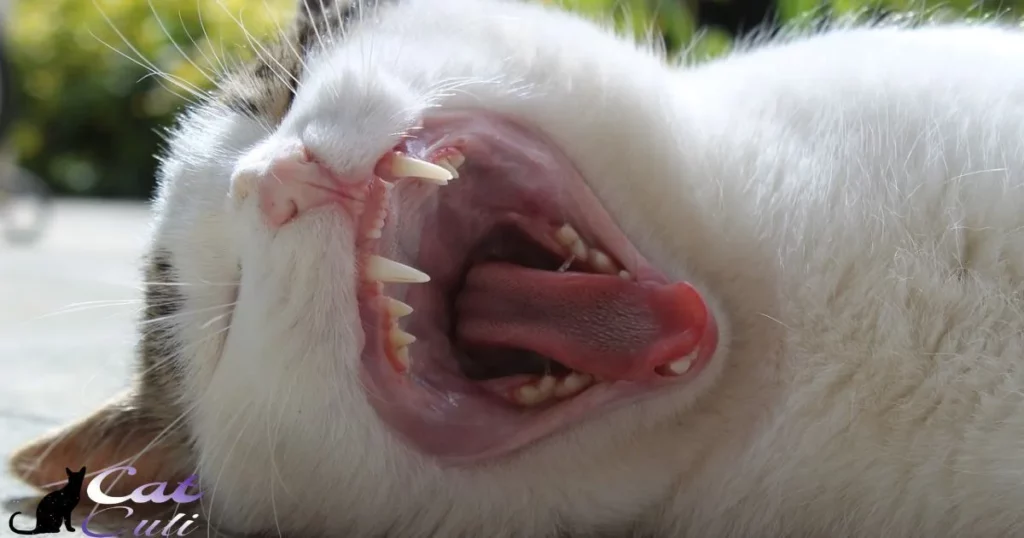
Cats lose teeth for various reasons. One common cause is dental disease, like gingivitis or periodontal problems, leading to tooth decay and eventual loss. Another cause could be trauma or injury, which might result in broken or damaged teeth. Regular dental care and check-ups can help prevent tooth loss in cats by addressing issues early.
Cats losing teeth could signal underlying health concerns, so it’s crucial to monitor their dental health and seek vet care when needed.Age plays a role in tooth loss for cats. As they get older, their teeth may naturally wear down or become more susceptible to decay, causing them to fall out.
Proper dental hygiene, a balanced diet, and regular vet visits can aid in maintaining a cat’s dental health throughout their life stages, potentially reducing the likelihood of tooth loss due to ageing. Understanding the reasons behind a cat losing teeth empowers owners to take proactive steps in caring for their furry friend’s dental well-being.
Dental and gum diseases in felines how bad can they get?
They might start with plaque buildup leading to gingivitis, causing redness and inflammation in the gums. If not addressed, this can progress to periodontal disease, where bacteria damage the tissues supporting the teeth, leading to tooth loss and even infections in the bloodstream affecting other organs.
Why are senior cats more prone to dental problems?
Senior cats are more prone to dental problems due to various factors. As cats age, their immune systems might weaken, making them more susceptible to dental issues. Years of wear and tear on their teeth can lead to dental decay or fractures. Older cats might also be less inclined to maintain their oral hygiene, increasing the risk of gum diseases.
FAQ’s
When can cats eat dry food after tooth extraction?
Cats can resume dry food once healed, usually after a week or as advised by the vet, to avoid disrupting the extraction site.
Is feeding cats only dry food bad?
Exclusive dry food diets may lack moisture, impacting hydration. A mix with wet food is beneficial for a balanced diet.
Is it bad if a cat loses a tooth?
Losing a tooth can signal dental issues. It’s crucial to check for underlying problems and seek vet guidance promptly.
Is dry food hard for cats to chew?
For cats without teeth, dry food can be challenging. Softening it with water or opting for wet food may help ease chewing.
Conclusion
In conclusion, while cats without teeth might find it difficult to eat dry food due to their inability to chew, there are solutions to ensure they get the nutrition they need. Can cats with no teeth eat dry food? It’s possible with adaptations like moistening the kibble or choosing alternative wet food options.
Remember, the well-being of toothless cats hinges on providing them with accessible and appropriate meals. By addressing their unique dietary needs and considering alternatives to dry food, owners can ensure their beloved feline companions enjoy a comfortable and fulfilling mealtime experience.
